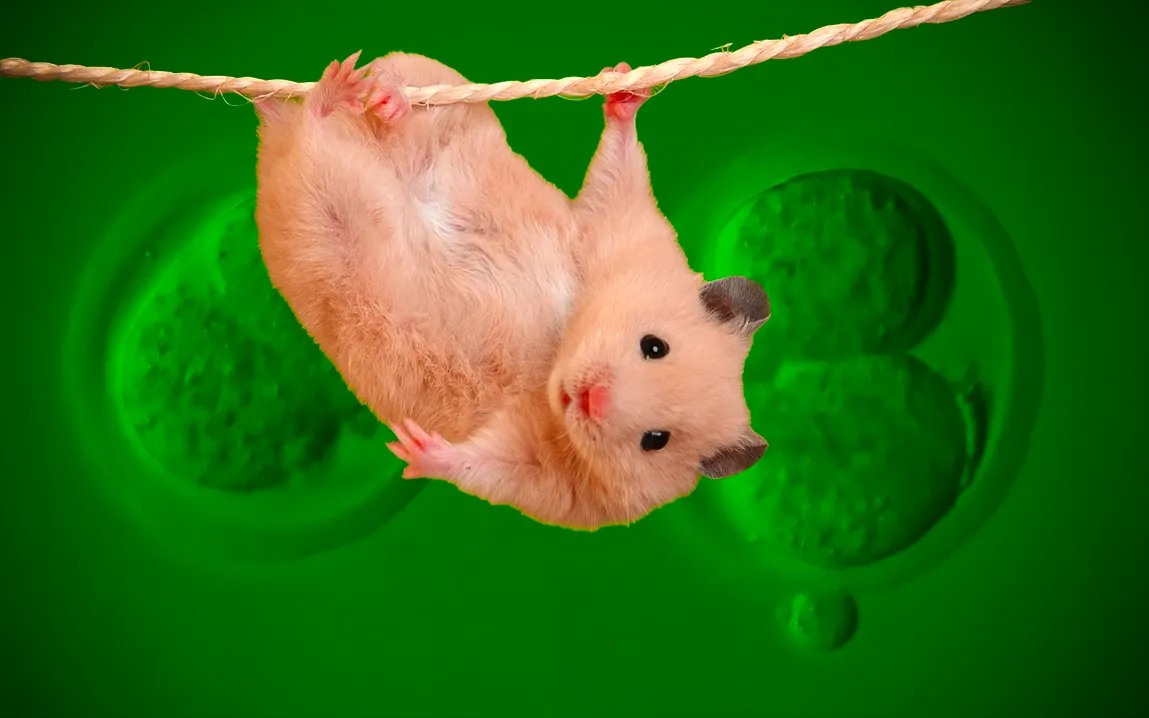Recent work on hybrid mice, but in particular the crossing of domestic Mus musculus with wild Mus musculus musculus, has given valuable insight into how new species might arise. From the study of the genetic dynamics within the hybrid zone, a clear view is emerging of reproductive isolation, one of the basic processes driving speciation. The results not only elucidate how gene flow can be restricted between species, hence causing divergence in their evolutionary paths, but also contribute to understanding more general mechanisms during mammalian evolution.
The Role of Genetic Incompatibility in Speciation
One of the main areas of focus in such hybrid studies has been reproductive isolation, especially male sterility, a common trait among the offspring of hybrids. Genetic incompatibilities, or Dobzhansky-Muller interactions, are among those causes that genetic studies have identified as contributing to this sterility. These incompatibilities add to the reproductive isolation, contributing to the lack of gene flow across hybrid populations and, therefore, may lead to speciation. The finding of the important Prdm9 gene in these model organisms responsible for hybrid sterility was considered one of the major findings. Such genes make genetic divergence possible, which will eventually result in new species by inhibiting reproduction between subspecies.
Genome-Wide Association Studies (GWAS) and Their Findings
These genes were mapped for sterility, among other speciation traits, through genome-wide association studies in a hybrid mice population. In general, such studies reveal complex networks of gene interactions that give a detailed view of how certain genetic traits could promote reproductive isolation. Specifically, findings related to testis weight and gene expression in hybrid mice point toward genetic mechanisms underpinning the sterility that may clarify how species boundaries are maintained. The findings confirm the notion that sterility of hybrids is one of the key elements in maintaining genetic separateness, which is a necessary condition for speciation.
Behavioral Insights into Mate Choice and Parental Influence
Behavioral studies have further advanced our understanding of hybrid speciation, with evidence focused on how paternal cues influence mate choice in mice. Mate preferences have been molded by inherited behavioral traits, adding a layer of non-genetic mechanisms to the development of reproductive isolation. The populations of mice, by choosing mates with familiar paternal characteristics, enhance their genetic boundaries and, thus, promote divergence.
Implications and the Greater Understanding of Speciation
Besides, studies on hybrid mice contribute not only to knowledge about the genetic mechanics of speciation but also provide a good example of how speciation processes can work in other organisms. The same mechanisms can be tracked in other animals and even in plants, where hybridization quite often serves as one of the new species origin grounds. While the scientists continue to unwind the complicating factors of hybridization and genetic incompatibilities, insight learned from such “true hybrids” could be used more broadly in research areas like that of conservation genetics, where the integrity of species is important to be kept.
Conclusion
Hybrid mice are important models for studying the origin of new species. Genetic incompatibility, behavioral influences, and reproductive isolation together underline the complexity of speciation. Taken together, genetic and behavioral studies are weaving a complete picture of the selective forces that rule the diversification of life. In hybrid mice, these may one day help solve some of evolutionary biology’s oldest puzzles about how species maintain barriers to exchange and evolve distinct differences in sympatry.



